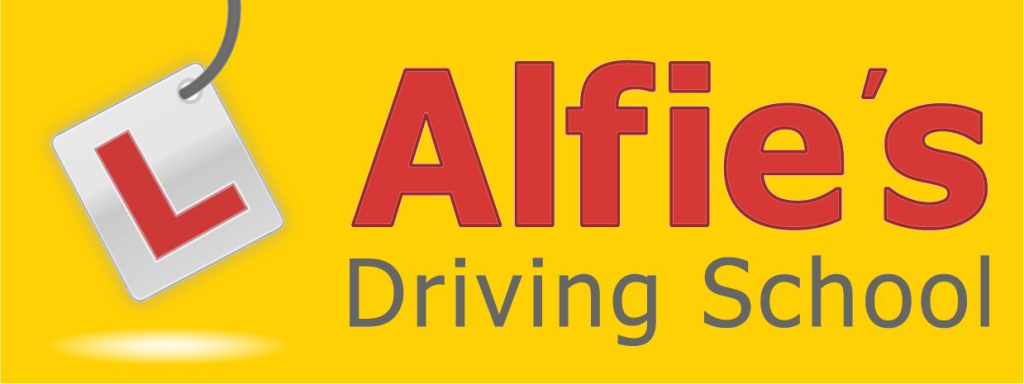Taking your driving test is a stressful occasion – there’s probably nothing worse than having someone watch you intently, marking you, as you struggle to remember the ins and outs of the Highway Code.
Stalling your car is something that, at some point, everyone has probably done.
It’s embarrassing and restarting your car with a queue of other drivers behind you potentially makes you feel all the more anxious and less likely to get going straight away.
Add a driving test to the mix and you may find yourself panicking as you struggle to restart the car.
What causes your car to stall?
In manual cars, where a clutch is involved, driver error is normally the main cause of stalling – releasing the clutch too early or forgetting to apply the clutch when coming to a standstill, for example, are things that could result in you stalling.
When you’re new to driving, finding the car’s biting point can be difficult and doing it too quickly can result in the two plates that comprise the clutch crashing together – it is at this point that you stall your car.
Understanding your car and its biting point, particularly on different starting points, can give you a fighting chance of completing your test stall-free.
How to stop stalling your car
If your driving test is nearing ever closer and you’re no closer to having a stall-free drive, then there are a few things that you can do to reduce your chances of stalling during the test itself.
When starting the car, some driving instructors use the following technique to help their students prevent stalling the car when setting off.
Settle yourself down into the car, seatbelt buckled and ready to go, start the engine, handbrake on.
Start off by depressing the clutch fully and put your car into first gear.
When this is done, slowly and gently press down your accelerator, find your clutch’s biting point and allow the clutch to lift very slowly until you hear your engine’s revs lower.
Slowly release the handbrake to get your car moving again and lift the clutch to allow your car to gain speed and accelerate.
Do this slowly, until the clutch is fully raised.
If, for whatever reason, you stall in the middle of your test – stopping for traffic lights, for example – this is the method you should use to restart your car.
Remember to put on the handbrake and switch the engine back on – the calmer you are, the more quickly you will get the car moving again and the less likely it will be that you fail your test.
Getting stressed out and struggling to restart your car could mean that you miss the light change, as well as upsetting the drivers behind you – ultimately it is this that could lead to a failed test.
If you feel your car start to quake or judder as you are slowing down, then you can often save yourself from stalling by putting your clutch and brake down.
Mastering techniques to stop yourself from stalling ahead of your test can make you feel much more confident during the test itself – where you’ll be given the chance to concentrate on performing well, without worrying about what your feet need to be doing and where you need to be pushing down and when.
What should I do if I stall my car during my driving test?
If you stall during a test, the obvious thing is not to panic. This is easier said than done, but your response to this episode of stalling could determine whether or not you pass your test.
Stalling your car during your driving test is not automatically a fail, contrary to popular belief – it is often how you recover from it that determines whether or not you fail. Your examiner wants to see how well – and how quickly – you recover from the stall.
If you stall at a traffic light, for example, and are able to get the car moving again quickly without an issue, then the chances are that you won’t receive a major, serious fault.
Keeping calm is key – if you lose your cool and start to panic then you’ll be there a lot longer and run the risk of turning the situation into a dangerous one.
Be alert, keep an eye on everything that’s going on around you, check your mirrors and your blind spot – it might not be the stall that fails you, but it could well be the fact that you haven’t safely moved on from the stall.
Everyone stalls at some point in their driving lifetime – don’t let it ruin your test or lead you to make dangerous driving decisions.





